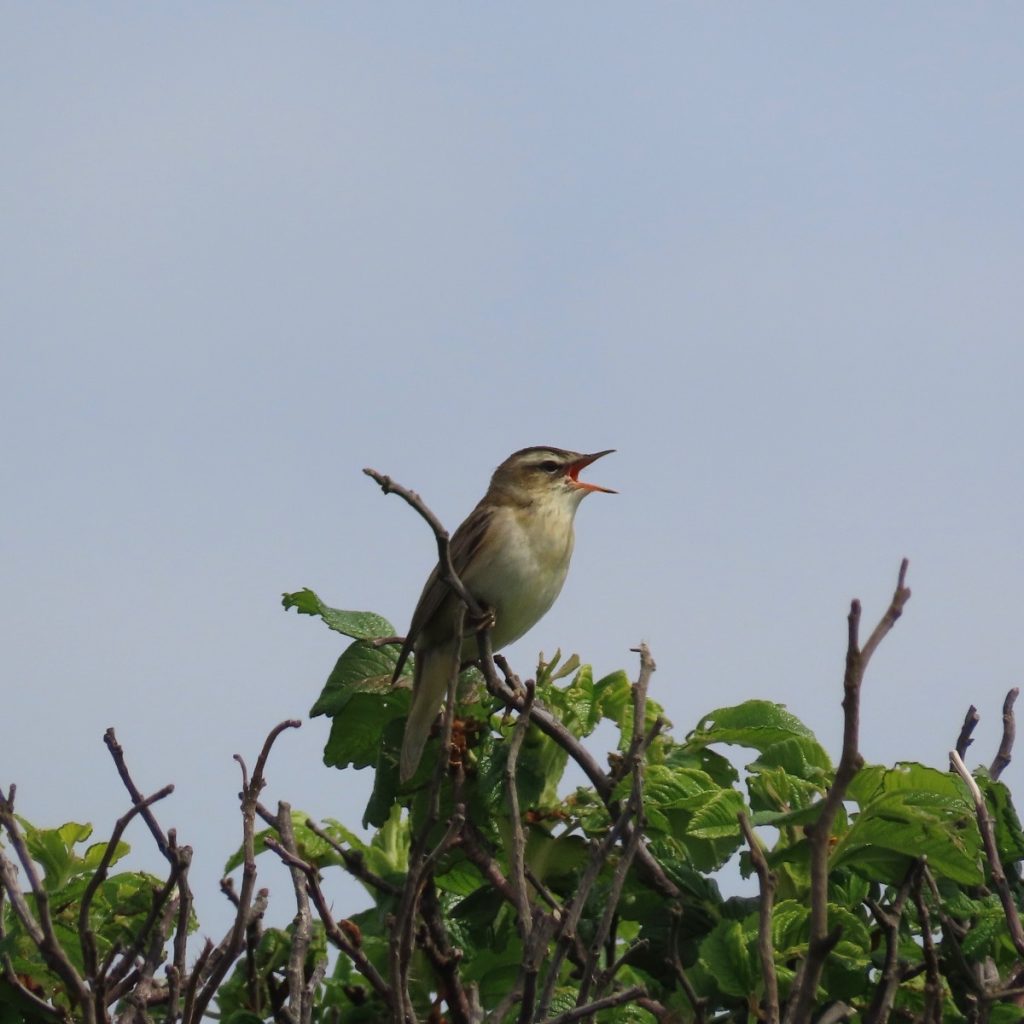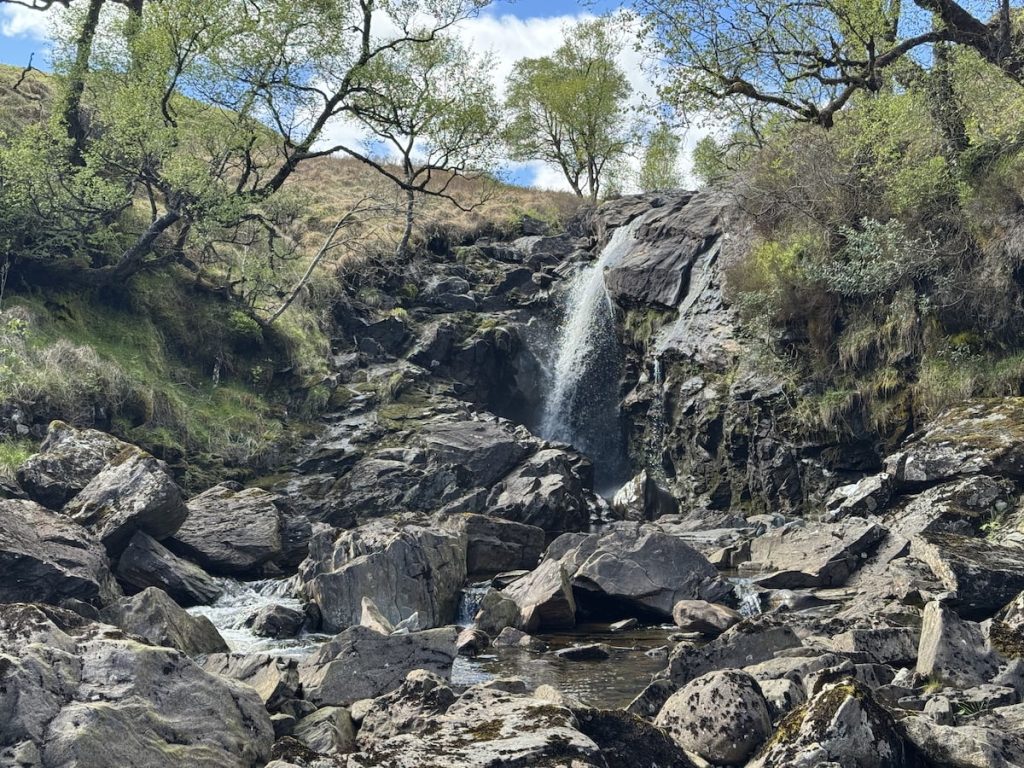Read Bitter orange by Claire Fuller ★★★★☆ 📚
I really enjoyed this hothouse of emotion between unlikely characters. An unmoored older Francis is enamoured by her younger glamorous neighbours living a temporary life in an old house in the sixties.
Kind: Articles

Barassie Beach yesterday, A Sedge Warbler singing loud and clear, IDed by Merlin, got a photo. Super song.
I am finding Merlin a lot of fun, hearing and sometimes seeing birds I would have missed or dismissed.

#SilentSunday
While there have always been gullible adults, as a parent and educator, the real issue here is with young people.
I had never considered people would use AI as a therapist, prophet or guru!
Read A Red Death Walter Mosley ★★★☆☆📚
Solid Easy Rawlings, lots of details around the time & place.

Green Hairstreak. Walking from Braeval car park. Lovely sunny day. Dozens and Dozens of orange tips and Green Veined Whites, but I had my eye out for these wee guys. Eventually saw 3 and this one cooperated for a few seconds.

#silentsunday #waterfall #scotland

Walk to Greenside: cuckoos calling & cuckoo flowers. Lots of green, lots of singing birds hiding in the green. The Sun came out and so did green veined whites & orange tip butterflies. plenty of Goldfinches.

#silentsunday
This article by the World Resources Institute shows how important it is that there is an infrastructure that enables individual decision-making to take place. For example, I’ve been vegetarian now for eight years, and it’s much easier to remove meat from your diet these days even than when I started to so in 2017. Likewise, because of investment in EV infrastructure, these days it’s unproblematic to own or lease an EV.
The idea of supportive infrastructure, policies or incentives rings true. My own situation makes an EV difficult: cost of an EV & charging when tenement living. My current job needs a 40 minute commute by car, or a couple of hours each way by public transport. I hope that is offset by not having a car till I was 49.
The page lined by Doug is a great read too: The Most Impactful Things You Can Do for the Climate | World Resources Institute
